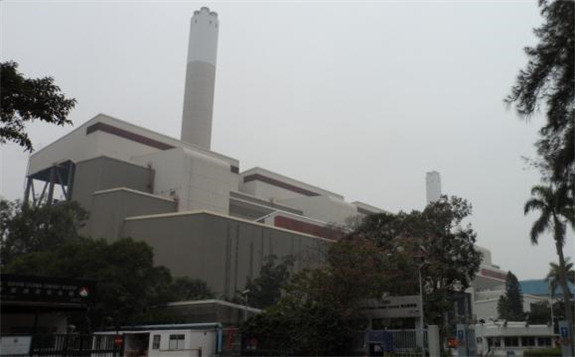
CLP Power Hong Kong and HK Electric are building an offshore LNG terminal and have introduced feed-in tariff schemes that are gaining interest.
Progress is underway for Hong Kong’s first offshore LNG terminal, with the establishment of a joint venture between Castle Peak Power Co. (CAPCO), which is owned by CLP Power, and Hong Kong Electric Co. (HK Electric). In June, the joint venture inked an agreement with Japan’s Mitsui O.S.K for the charter of a Floating Storage Regasification Unit (FSRU) vessel for 10 years.
CLP Group told Asian Power that the project has received the environmental permit from the Hong Kong Government and that the public consultation on Foreshore and Sea-bed (Reclamations) Ordinance is underway. “To support the Government’s carbon reduction and emission targets from 2020 onwards by increasing the percentage of local gas generation, CLP Power is constructing a new combined-cycle gas turbine (CCGT) generation unit at Black Point Power Station,” the company said.
Continuous progress in the projects is facilitating Hong Kong's plans to import LNG for the first time, so as to reduce reliance on coal and reduce carbon emissions, said Fitch Solutions. “Efforts to develop LNG import capabilities in Hong Kong are spearheaded by billionaires Li Ka-Shing, who owns a 33.37% stake in HK Electric via his utility firm Power Asset Holdings, and Michael Kadoorie, owner of the city’s biggest electricity firm CLP Group, which holds a 70% stake in CAPCO.”
Hong Kong’s LNG plans are also supported by external LNG market fundamentals. Fitch Solutions said, “The current prolonged downturn in spot LNG prices, next to projected ample supply over the next few years, makes it more palatable for Hong Kong to partake in LNG trading for the first time. The wide array of supplies available, coupled with market’s embracing of greater flexibility and diverse pricing exposure in LNG contracts, also lowers risk and increases leverage for buyers, such as Hong Kong, during negotiations with suppliers.”
Moreover, the soured trade relations between the US and China, and the latter’s shunning of energy imports from the former irrespective of cost, could also act to Hong Kong’s advantage, as uncontracted US LNG cargoes that would otherwise head to China seeks new markets.
“Indeed, apart from Hong Kong, Myanmar, the Philippines, Vietnam and even Australia are set to become first time importers of the fuel within the next five years, both to complement domestic production and to meet growing demand,” Fitch Solutions added.
HK Electric echoed this positive sentiment and said, “Natural gas will become the primary fuel for our power generation. The new offshore LNG terminal project will enable us to mitigate fuel supply risk and to have direct access to the international market for cost-competitive LNG supplies.” It added that is expects that natural gas generation in its overall fuel mix will increase to 70% by 2023 from 30% at present.
Hong Kong’s renewables push
Apart from the growth of natural gas as baseload power in the city’s energy mix, the government is also targeting more renewables with the introduction of feed-in tariffs (FIT) for renewables installations amongst developers and customers alike. Under the FiT scheme, customers are incentivised to install solar photovoltaic or wind power systems at their premises for selling their renewable energy output at rates ranging from 38-64 cents (HK$3-5) per kWh.
“Since the launching of our FiT Scheme in August 2018, the market response has been positive. We also observe that the PV industry has been much stimulated with the number of PV companies and practitioners participating in the local RE market substantially increased,” HK Electric said.
CLP Power also said that since its FIT scheme was open for applications in May 2018, they have received over 3,900 applications as at the end of March 2019. “Around 81% of the applications have been approved, and so far, 500 applications have been completed and are successfully connected to our grid to enjoy FiT. Despite the operational challenges, CLP endeavours to do everything possible to support the development of RE in Hong Kong,” the company said.
HK Electric projects that the local RE market will grow healthily and the number of distributed grid-connected RE systems on customer side will increase notably. “At the end, a vibrant RE market will help further decarbonise local power sector and help Hong Kong combat climate change,” it said.